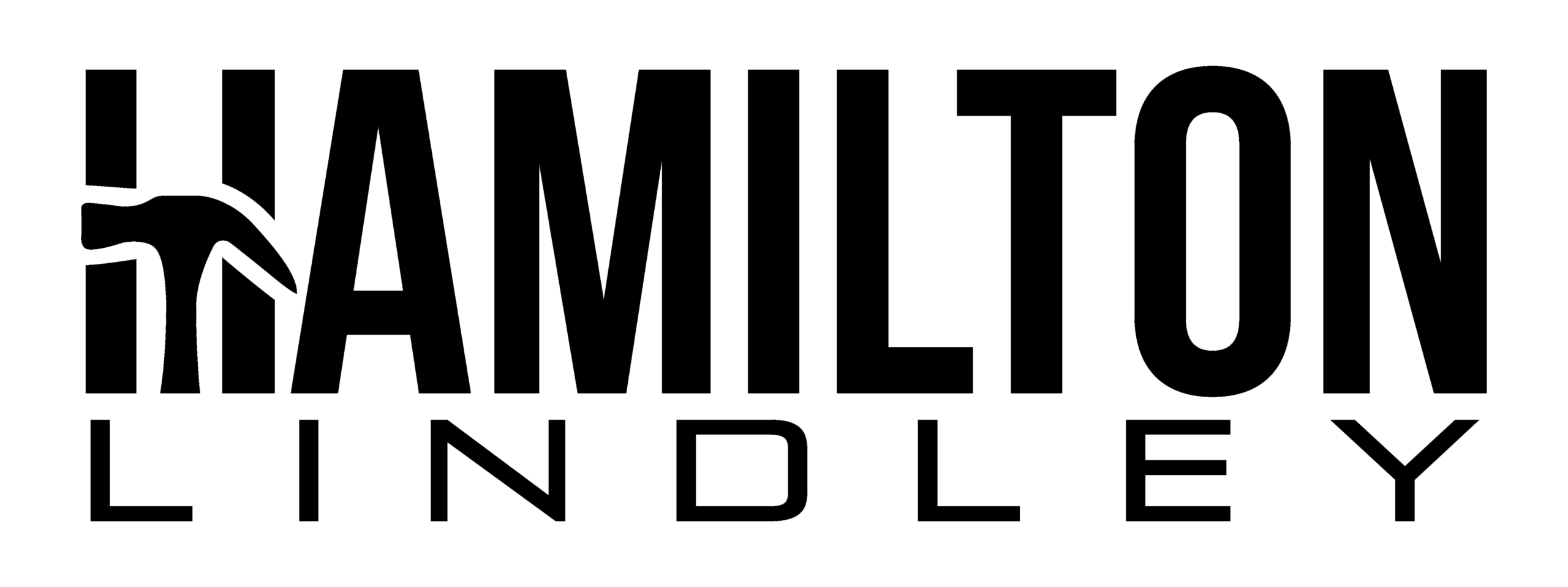As things change quickly in workplaces due to the aftermath of the pandemic, social changes, and other factors, one crucial question remains: How can we make work better for individuals, companies, and society?
Throughout this past year, several research-based articles have tackled this question. As the year comes to an end, let’s review some common themes from 2021 to better prepare for the new year.
Understanding What Employees Need for Success
Future employees seek freedom and variety. Survey data indicates they value performance measures that prioritize value over quantity. When employees express a desire for flexibility, they’re talking about autonomy. To provide this autonomy, companies should establish reasons rather than strict rules, invest in employee development, foster a sense of belonging, and provide the necessary tools for success. A survey of over 14,000 individuals found that companies promoting clear standards, openness to questions, fewer restrictions, encouragement of creative problem-solving, recognition of excellent performance, acknowledgment of employees’ emotions, and a clear sense of purpose create an environment where people work best.
Recommendations for Workplace Improvement
Another survey identified six psychological traps that lead to excessive planning and attendance of meetings, along with solutions to overcome these issues. For instance, “Pluralistic Ignorance” makes people think they’re the only ones who consider a meeting a waste of time, even though everyone privately agrees. To counteract this bias, leaders should actively encourage feedback and use it to identify and eliminate ineffective meetings.
Organizations can explore cost-effective ways to motivate their staff. Research suggests that gestures like thank-you cards, small gifts, or public acknowledgment are excellent supplements to monetary compensation. Companies should consider the appropriate messenger and timing, make the recognition public, pay attention to details, and recognize that a simple gesture can have a powerful effect.

